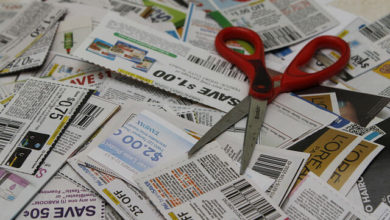How MLB is Ripping Dads Off on Father’s Day

At MLB games on Father’s Day, the league promotes awareness of prostate cancer, and teams try to make dads and their children feel more welcome with events such as allowing kids to run around the bases or play catch on the field after the game. I’m happy that A’s closer Sean Doolittle fondly remembers going to A’s games with his dad.
But MLB is ripping dads off on Father’s Day, charging them $50 to play catch with their child. For 15 minutes. That works out to $200 an hour, or what plumbers and prostitutes make (I assume).
Yes, you read that right. MLB is offering dads a chance to play catch with their child on a baseball field for $50. Plus, you have to pay to get into the game. Click on the video below to see how much MLB promotes Father’s Day:
While the bond between father and child is played up pretty well on MLB’s website, it’s more of a scam in Oakland, home of the A’s baseball team.
In a promotion called “A’s Father’s Day Catch” on June 21, 2015, the team offers fans “the opportunity to play catch on the outfield grass” after the afternoon game against the Angels for 15 minutes. (Emphasis is mine.)
Game tickets are sold separately from the Father’s Day Catch on the Field tickets. A minimum of two Father’s Day Catch tickets must be bought if you want to play catch with your child on the field, and anyone participating must have a ticket, regardless of age. Check out the A’s photo gallery to see how fun it was last year.
If the rest of your family wants to watch you play catch, but doesn’t want to buy catch session tickets, they get to wait in one area of the stands near the field.
The costs
As with any online purchase through MLB, there are fees attached. Two Father’s Day Catch tickets add up to $58.25. That includes a $2 per ticket convenience fee and a $4.25 handling fee.
Then you have to buy tickets. The A’s have dynamic ticket prices, meaning prices change as market conditions change. If rain is forecast, for example, the price will drop, and you’ll likely find a lower cost if you buy tickets earlier in the season.
The cheapest ticket the A’s offer for the June 21 Father’s Day game is $18. You and your son or daughter will need to bring binoculars, because for that price you’ll either be sitting above the outfield bleachers or in the third deck behind home plate.
A second-deck ticket ranges from $22 to $40, a first-deck ticket ranges from $40 to $66, and if you’re a real big spender, you can go with $110 or $250 seats at field level.
For sake of argument, let’s say you’re frugal and willing to pay $18 for the cheapest ticket. The $36 you’d expect to pay for two tickets quickly rises to $47.75 when a $7.50 convenience fee and $4.25 handling fee is added.
Add $47.75 for two seats and $58.25 for both of you to play catch on the field after the game, and it adds up to $106.
In an irony on top of another irony, it costs more to play catch for 15 minutes than it does to watch the game.
$200 per hour on Father’s Day
For 15 minutes on the field, the $50 Father’s Day Catch tickets equate to $200 an hour.
That’s about double what anesthesiologists, data architects, auto mechanics and successful entrepreneurs earn.
It’s not worth discussing what MLB players earn, though I’m sure they could afford $106 to take their kid to a game and play catch with them on the field.
And the costs of food, drink, souvenirs, parking and anything else you want at the game? Probably a lot more.
No thanks, MLB. My daughter and I won’t be playing catch on the A’s field after the Father’s Day game. Not for an extra $58.
Creating fans is important to MLB, but this isn’t the way to do it.
This article by Aaron Crowe first appeared on CashSmarter.com and was distributed by the Personal Finance Syndication Network.




